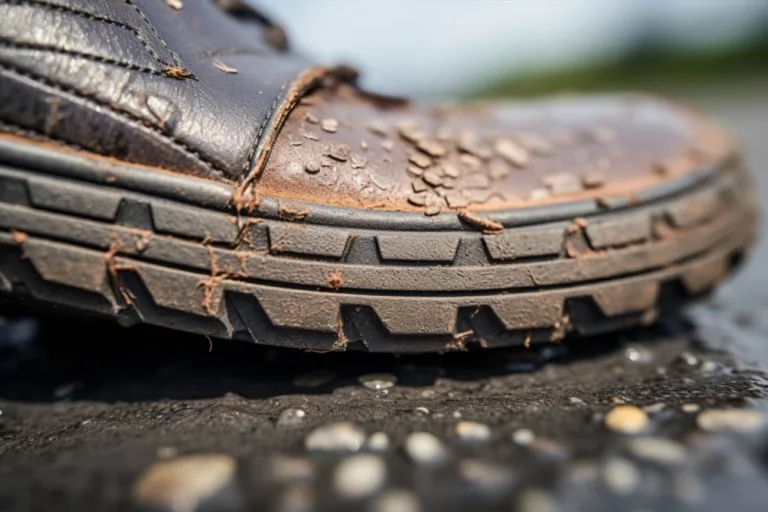Hallux rigidus is a common foot condition that affects the big toe, causing pain and stiffness in the joint. This condition can have a significant impact on a person’s mobility and overall quality of life. In this article, we will explore the causes, symptoms, diagnosis, and treatment options for hallux rigidus, aiming to provide valuable information to help individuals better understand and manage this condition.
What Is Hallux Rigidus?
Hallux rigidus, often referred to as „stiff big toe,” is a degenerative condition of the metatarsophalangeal (MTP) joint at the base of the big toe. This joint allows for the up-and-down motion of the toe, which is crucial for activities like walking and running. When hallux rigidus develops, this joint becomes inflamed, leading to stiffness and limited range of motion.
Causes of hallux rigidus
The exact cause of hallux rigidus is not always clear, but several factors may contribute to its development, including:
- Genetics: A family history of the condition can increase the risk.
- Foot Anatomy: Abnormal foot structures can lead to increased stress on the joint.
- Trauma: Previous injuries to the toe or joint can contribute to the condition.
- Wear and Tear: Overuse or excessive wear and tear of the joint over time.
Symptoms of hallux rigidus
The symptoms of hallux rigidus can vary in severity and may include:
- Pain and stiffness in the big toe joint, especially during movement.
- Difficulty in bending the toe, making it challenging to walk and push off while running.
- Swelling and inflammation around the affected joint.
- Corn and callus formation on the top of the toe due to abnormal pressure.
Diagnosis of hallux rigidus
To diagnose hallux rigidus, a healthcare professional will typically perform a physical examination and inquire about the patient’s medical history. X-rays may also be ordered to assess the severity of joint damage. In some cases, additional imaging tests like MRI or CT scans may be recommended to get a more detailed view of the joint.
Treatment options
There are various treatment options available for hallux rigidus, depending on the severity of the condition. Common approaches include:
- Conservative Treatment: This may include rest, ice, physical therapy, and anti-inflammatory medications to manage pain and inflammation.
- Orthotics: Custom-made shoe inserts or orthopedic footwear can help redistribute pressure and reduce symptoms.
- Steroid Injections: In some cases, corticosteroid injections may provide temporary relief from pain and swelling.
- Surgery: For severe cases, surgical procedures such as cheilectomy (removal of bone spurs) or joint fusion may be necessary to improve joint function.
1. Can hallux rigidus be prevented?
Preventing hallux rigidus can be challenging, especially if it is related to genetics or foot anatomy. However, maintaining good foot hygiene, wearing appropriate footwear, and avoiding excessive stress on the toe joint may help reduce the risk.
2. How long does recovery take after surgery?
The recovery time after surgery varies depending on the type of procedure and individual factors. It can range from several weeks to several months. Your healthcare provider will provide specific guidelines for your recovery.
3. Are there any alternative treatments for hallux rigidus?
Some individuals find relief through alternative treatments like acupuncture, physical therapy, or herbal remedies. However, the effectiveness of these methods may vary, and it’s essential to consult with a healthcare professional for proper guidance.
4. Can I continue to exercise with hallux rigidus?
It’s essential to stay active, but you should choose low-impact exercises that don’t aggravate the condition. Consult with a physical therapist to develop a safe exercise plan that accommodates your condition.
5. Is hallux rigidus a progressive condition?
Hallux rigidus can be progressive if left untreated. Early intervention and proper management can help slow down the progression and improve the quality of life for individuals with this condition.
Zobacz także:
- None Found






